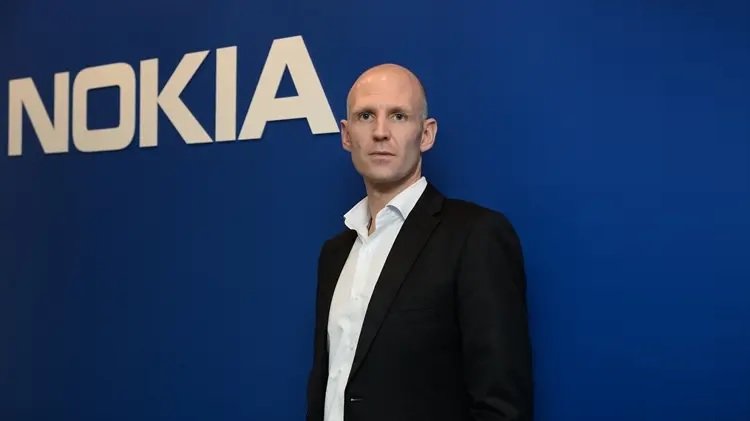Joachim Wuilmet, Head of Marketing and Communications, Nokia-MEA, speaks with Channel Post MEA about their participation at Gitex Technology week 2020 and highlights the role of the private wireless network in shaping the future.

How has Nokia performed in the Middle East and Africa region?
2020 has been strong for Nokia in MEA, in fact, it has been the top performer. During the first three quarters of this year, the growth in MEA stood at 8% YoY. This has reiterated the key role that Nokia has played in ensuring connectivity to enable business continuity even during these unprecedented times.
What are the expectations of Nokia from this 2020 edition of Gitex?
Foremost Nokia is a Communication service provider. Etisalat and du are our key customers. Etisalat was the first to roll out the 5G in the region and have started connecting people. Nokia continuously works with them to serve the consumers. We are here at the Gitex to demonstrate how Nokia can utilize the technology and build the digital fabric that can further accelerate the digital transformation of entities especially industries, enterprises & government.
What are the key highlights of the Nokia stand in GITEX 2020?
We are demonstrating how data analytics can help keep people safe. We are simulating a thermal camera to check for temperature and other anomalies and to ensure that masks are being worn. This can help enterprises/universities in a place like Dubai to optimize the flow of workers/students.
The other highlight being the SD-WAN solutions for the enterprise connectivity, which will enable connectivity between branches of a bank or retail stores using a software thereby bringing it under an umbrella of a virtual network.
We are also showcasing the private wireless network, which enables public sector entities/enterprises to have a dedicated network to run mission-critical business operations. Private wireless is where we see the biggest opportunity.
Can you elaborate on Private LTE and highlight a few examples?
Private LTE is one of the components of the private wireless network. There is so much that we can do with LTE. It is a robust technology that is recommended as the first step to companies and governments. Private LTE can be seen as a natural evolution into private 5G networks.
These networks can be put to use in very harsh environments, such as the mining sector, where the demand for such networks is growing. These networks allow the automation of heavy machinery that is used in the mines. By automating such heavy tools, we are making operations much more efficient and safer for people working in those mines, especially in the African continent.
How would you compare Private LTE, WiFi and 5G and offer a sneak peek into the future?
WiFi, we can say is effective for non-mission critical operations and where there is a limited requirement for mobility. Such as the general IT applications, Zoom calls etc.
Private LTE is a perfect entry point for mission-critical applications, such as the civil defence, where mobility is also required. The latency should be very low and you need failsafe resources every single time. Private LTE can be seen as the first step towards a natural evolution of networks into a Private 5G network.
5G ushers us into what we call as the tactile Internet. It up levels both the latency, throughput and alleviates the capabilities to whole new levels. It deals with the quality and quantity of data. AI, AR and Robotic surgeries are few to quote.
What is the next big thing we can expect from Nokia?
We can proudly say that Nokia has been selected by NASA to set up a fully operational private LTE on the moon. This expedition is being planned in the year 2022!! You can imagine the various challenges that can crop up in terms of space, heavy equipment, the harsh terrain of the moon, radio wave propagation, etc. This shows how robust LTE is and that’s exactly why we are putting it on the moon, with time we will try to convert it into a 5G network. That’s the next big thing we are looking forward too.











